PEEK is a popular thermoplastic polymer that is widely used in a variety of objects, such as medical implants and cable insulation. This plastic has excellent mechanical properties and a high level of corrosion resistance, making it the first choice of manufacturers all over the world.
Although often used in injection molding and 3D printing, PEEK has a high melting point, which suggests that it is suitable for subtractive processes such as CNC machining-although PEEK machining has its own set of challenges.
This article introduces the basic principles of machining polyether ether ketone: the material properties of polyether ether ketone, the advantages of machining polyether ether ketone, the common applications of machining polyether ether ketone, and how to maximize the use of machining polyether ether ketone parts Skill.
1. What is PEEK?
PEEK, or polyetheretherketone, is a high-performance engineering thermoplastic that is part of the PAEK family of materials. Semi-crystalline materials are widely used in industrial parts and have excellent strength, wear resistance and wear resistance, and can maintain their performance even at high temperatures.
The PEEK grade provides chemical and waterproof properties similar to PPS. But because of its melting point of 343°C, PEEK can work at higher temperatures: it can be used continuously up to 250°C and in hot water or steam without permanent loss of physical properties.
Granular PEEK or PEEK filaments can be used for 3D printing, rods or rods for CNC machines, and rods or rods for granular PEEK plastics. It is usually classified as industrial grade or medical grade.
2. Advantages of Machining PEEK
There are many advantages in PEEK machining. These advantages can be divided into two categories: the inherent material advantages of PEEK, and the specific process advantages of using CNC machine tools to process PEEK materials.
The material advantages of machining PEEK include:
- Excellent chemical resistance
- Very low moisture absorption
- Abrasion resistance and abrasion resistance
- Not affected by continuous hot water/steam exposure
- Some levels of biocompatibility
- Resistant to biodegradation
The technological advantages of machining PEEK include:
- High precision
- High repeatability
- Close tolerance
- Higher melting point allows faster feed and speed
3. Limitations of PEEK machining
Although many mechanics use PEEK plastic as a reliable substitute for some metals, there are some limitations in machining thermoplastic polymers. These include:
- Special treatment is required to reduce internal stress and heat-related cracks
- Required for annealing
- Poor heat dissipation
- If you drill deep, it may crack
4. Application of PEEK machining
PEEK is a material with a surprisingly diverse range of applications, some of which use CNC machining better than other manufacturing techniques.
Industrial-grade PEEK plastics are used in the aerospace, automotive, chemical, electronic, and energy industries, while medical-grade PEEK plastics are used in healthcare and dentistry.
These common processed PEEK parts are classified here according to whether they use industrial-grade PEEK or medical grade PEEK:
| Industrial-grade | Medical-grade |
| Rollers and wheels | Implants |
| Bearings | Spinal fusion devices |
| Washers, seals & manifolds | Trauma fraction devices |
| Cable insulation | Orthopedic devices |
| Blocks | Dental healing caps |
| Bushings | Spiked washers |
| Rings | Drug delivery systems |
5. Tips of PEEK Machining
PEEK is a processable thermoplastic, but critical steps must be taken before, during, and after machining to deliver the best final product.
1) Annealing
In the machining of PEEK rods, an annealing process reduces stress on the rods, thereby reducing surface cracks and stress on the PEEK material. The annealed PEEK is also unlikely to deform. Depending on the time required for machining, multiple annealing stages may be required.
2) Cutting tools
In most cases, PEEK can be processed with silicon carbide cutting tools. If PEEK is reinforced with carbon fibre, or if particularly tight tolerances are required, diamond tools should be used. In addition, if the cutting tool used is not used on metal, contamination can be avoided.
3) Wet or Dry
Because PEEK does not dissipate heat, it needs to be cooled during machining to prevent deformation or breakage. When machining a medical part, liquid coolants may not be sufficient, but a pressurized air cooling system is needed to cool the PEEK. PEEK will not be biocompatible with liquid coolants.
4) Drilling
Deep hole drilling can cause cracks because PEEK has a lower elongation rate than other plastics.
6. PEEK machining, PEEK 3D printing, or PEEK injection?
PEEK materials are not limited to CNC machining. It can also be processed by additive manufacturing or injection molding. The choice between the process depends on the desired final product, as well as time and budget constraints. For 3D printing PEEK, FFF filament and SLS powder are available.
However, the availability of PEEK in CNC machining and injection molding still far exceeds the choice of additive manufacturing. Since complex (partially hollow) geometric shapes can be easily achieved, 3D printing is becoming more and more popular in the printing of biocompatible medical implants.
Injection molded PEEK resin is widely used in medical and aerospace fields. However, its melting point is at the upper end of the capabilities of many injection molding machines, so it can be considered a special material.
Customers can also consider other high-temperature plastics besides PEEK, such as PEKK or Ultem.
| Machining | 3D printing | Injection molding | |
| Complex geometries | Okay | Good | Okay |
| Mechanical performance | Good | Okay | Good |
| Accuracy & repeatability | Good | Okay | Good |
As a PEEK machining and prototyping expert, Holly offers a wide range of manufacturing services.

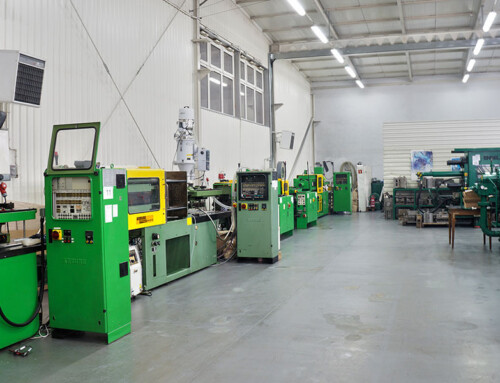
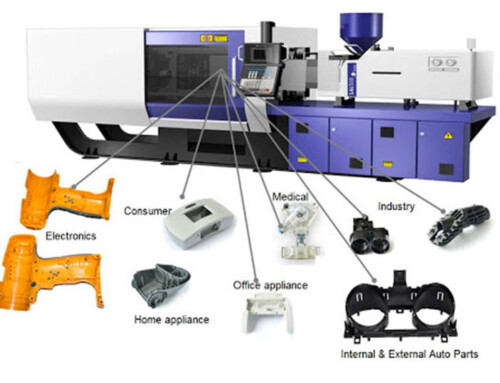
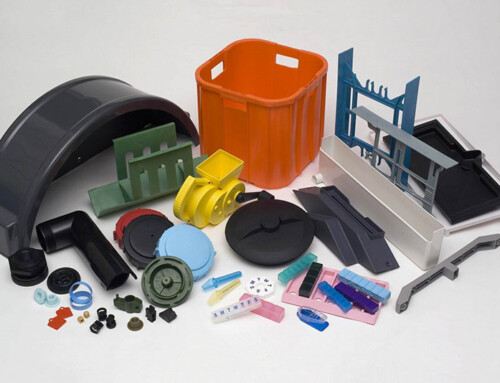
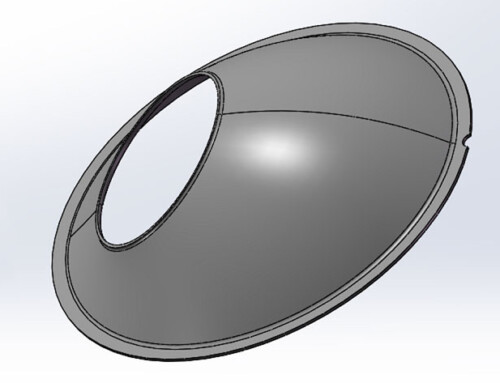
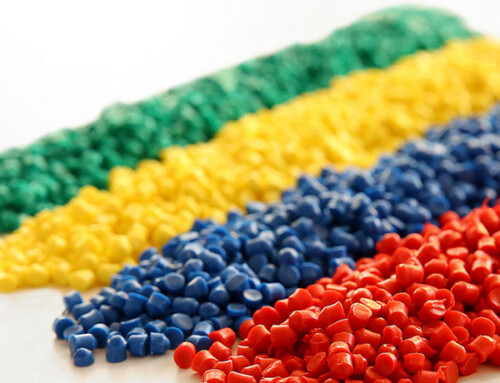
Leave A Comment